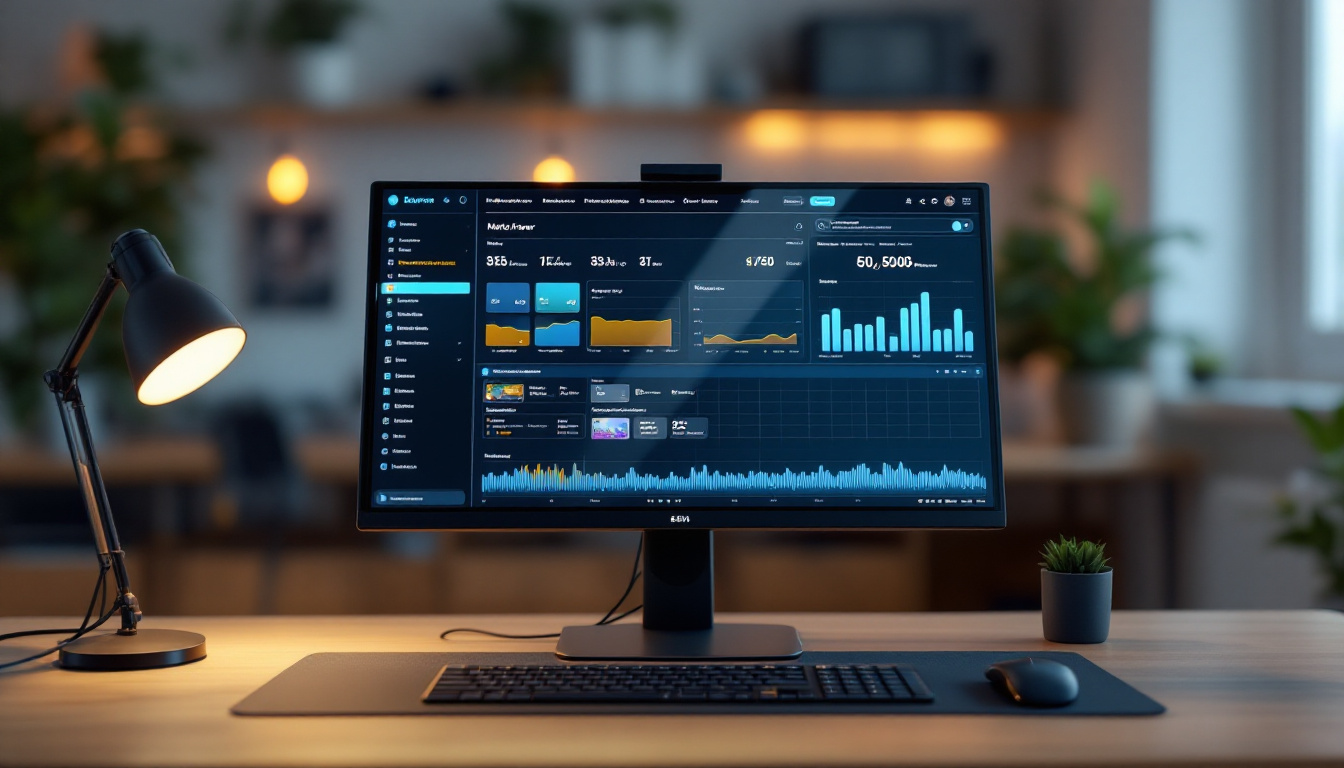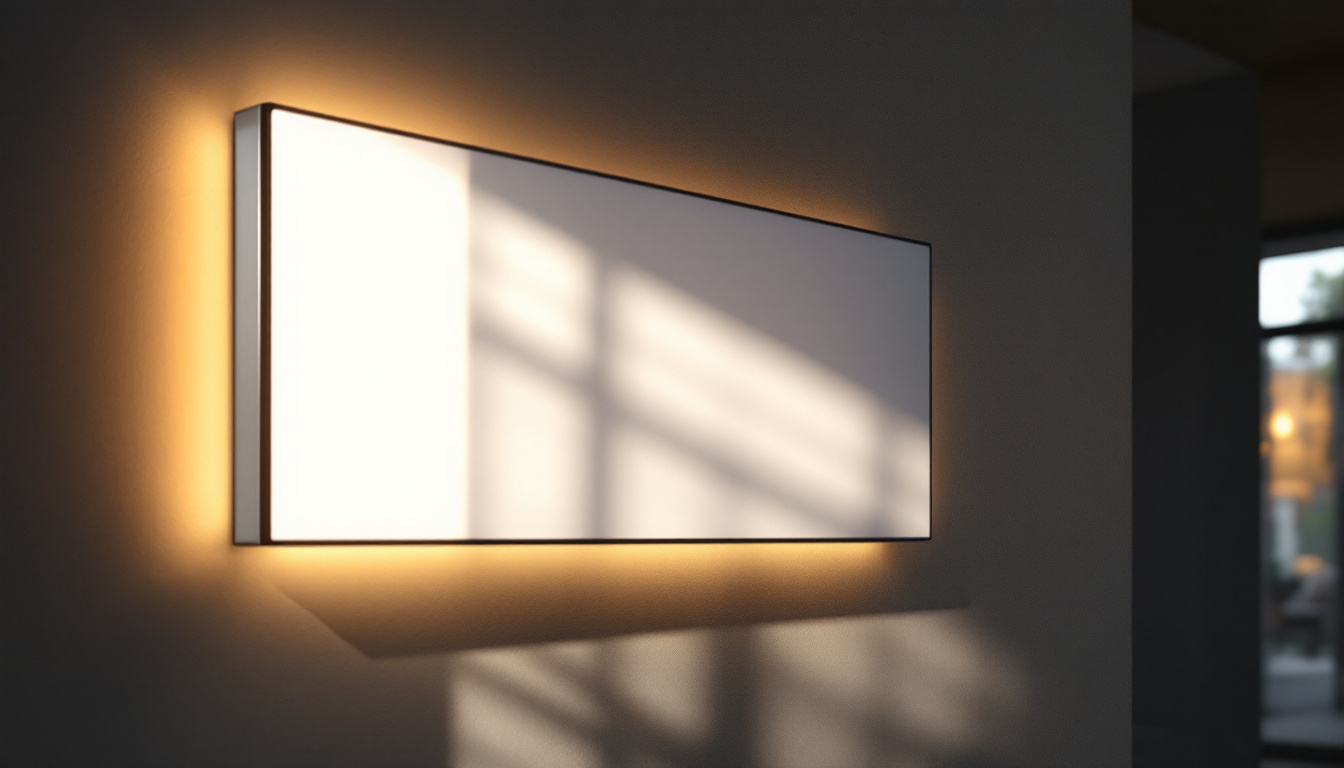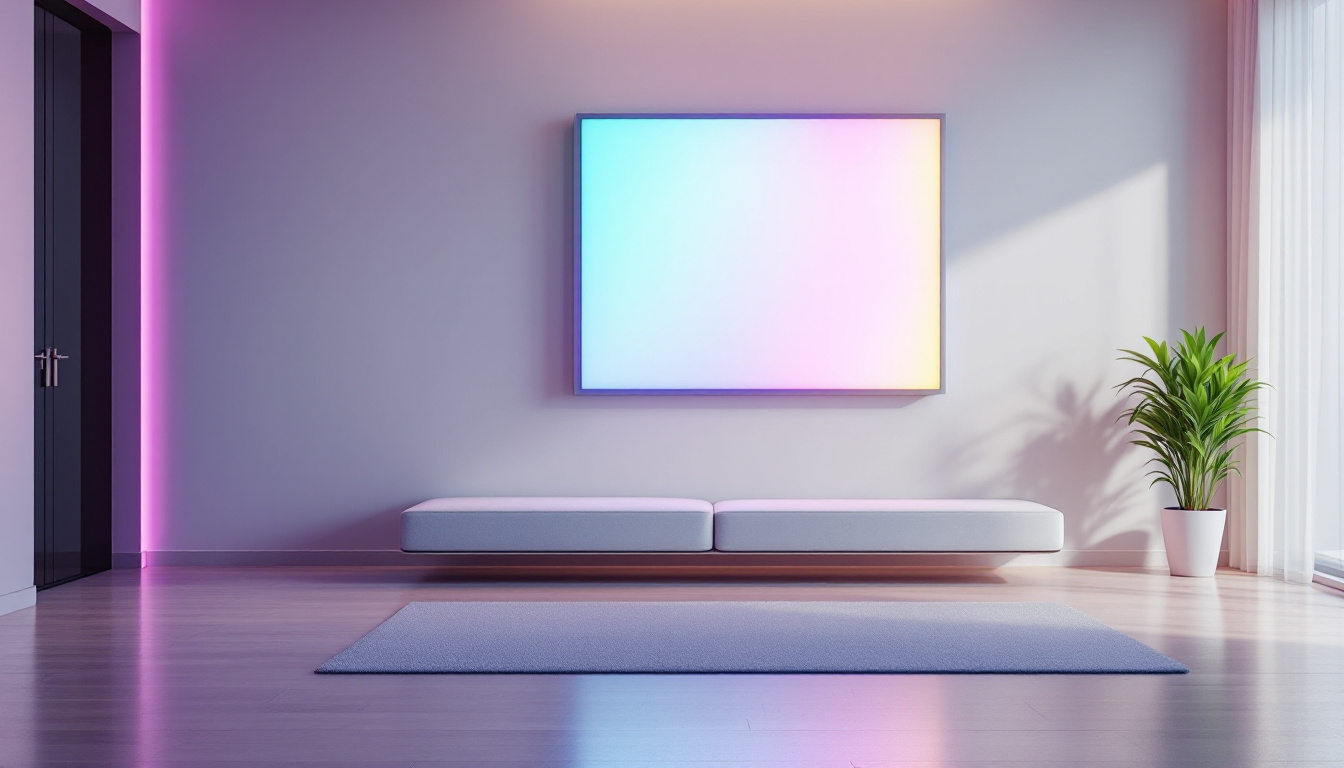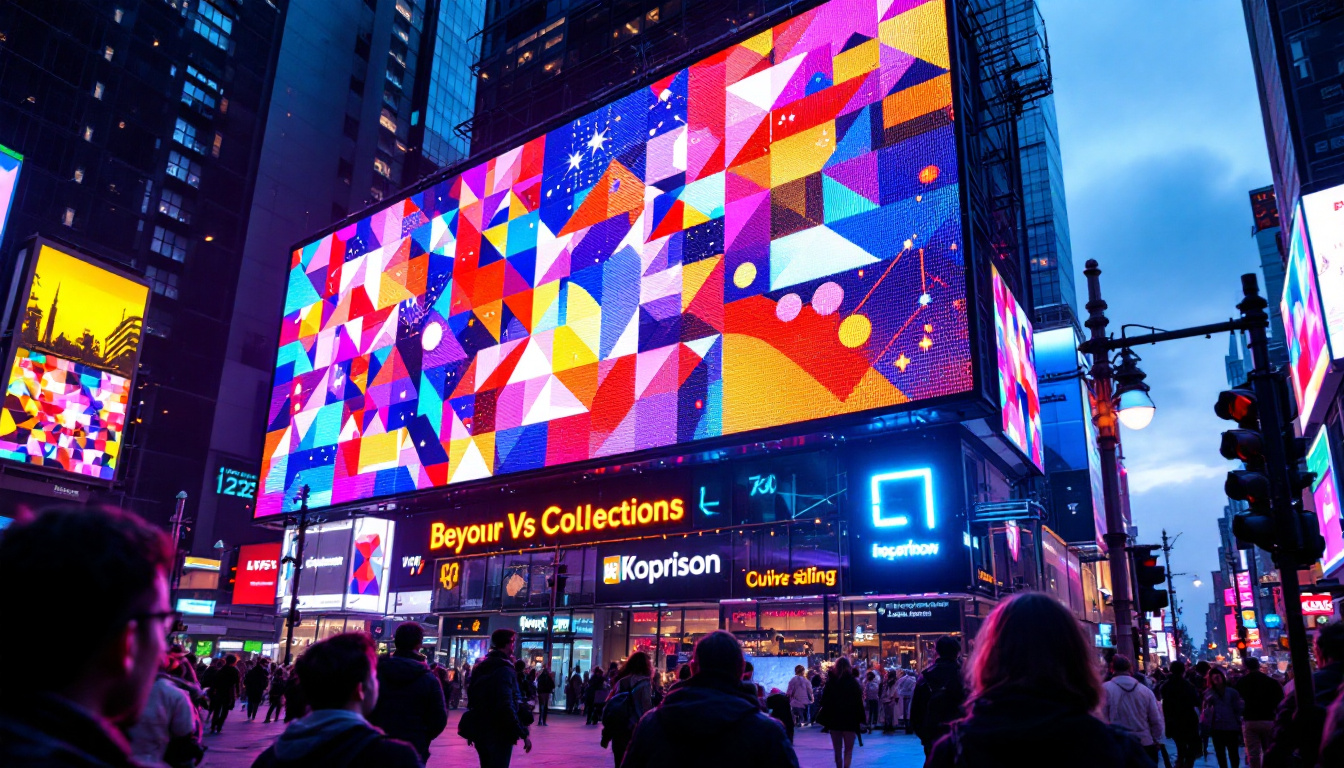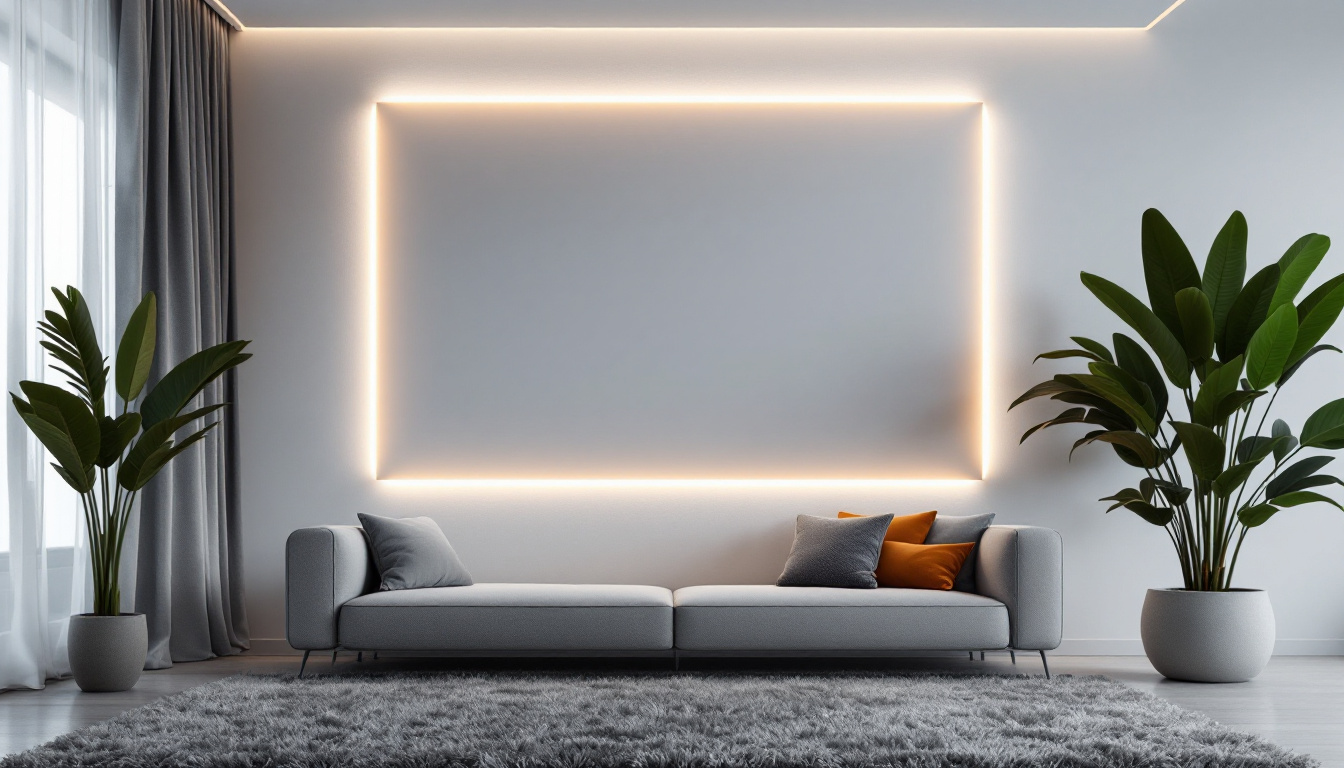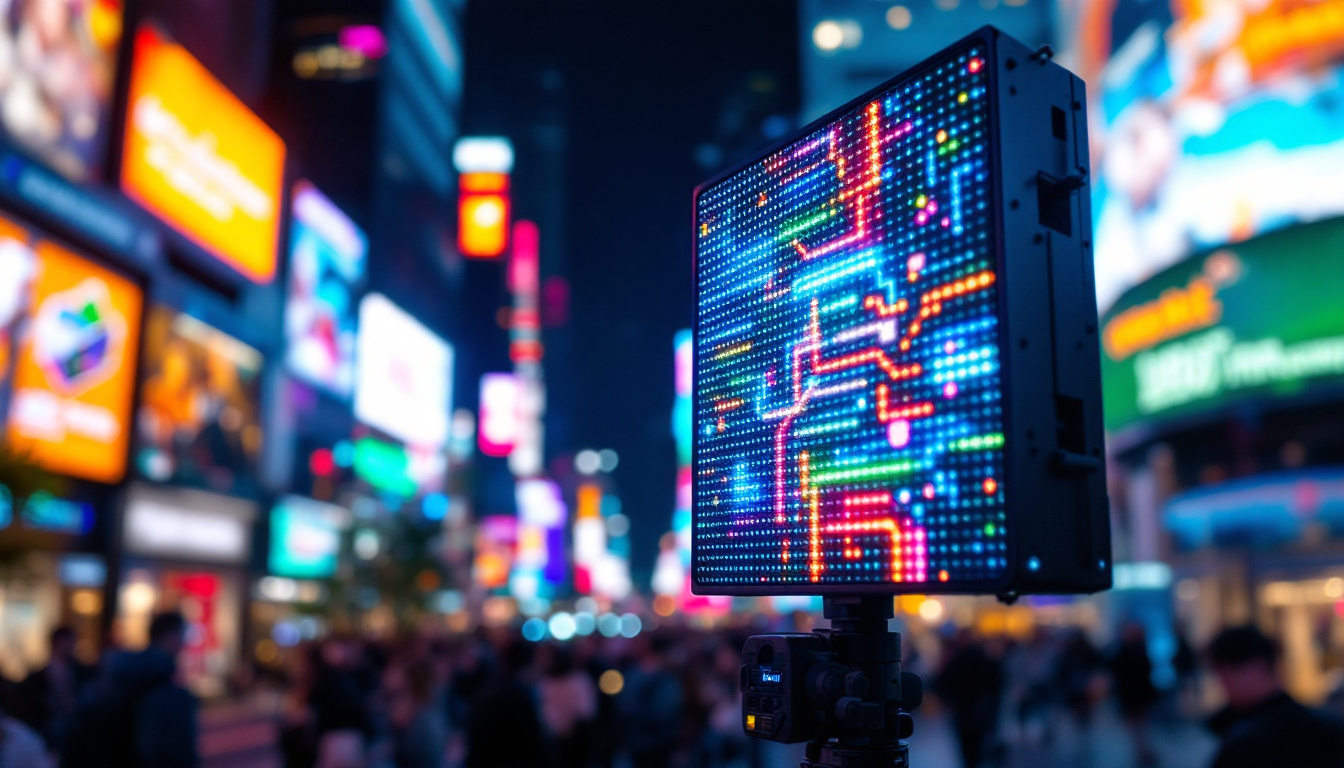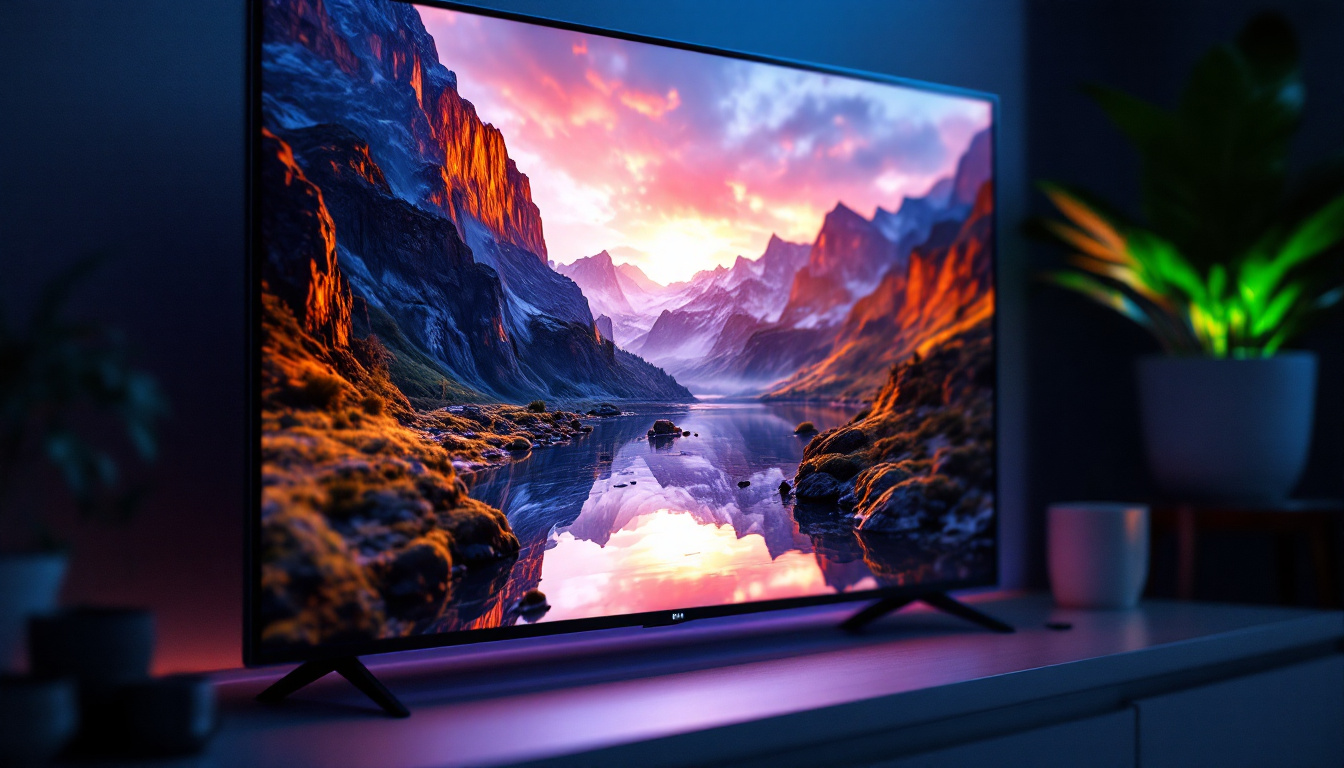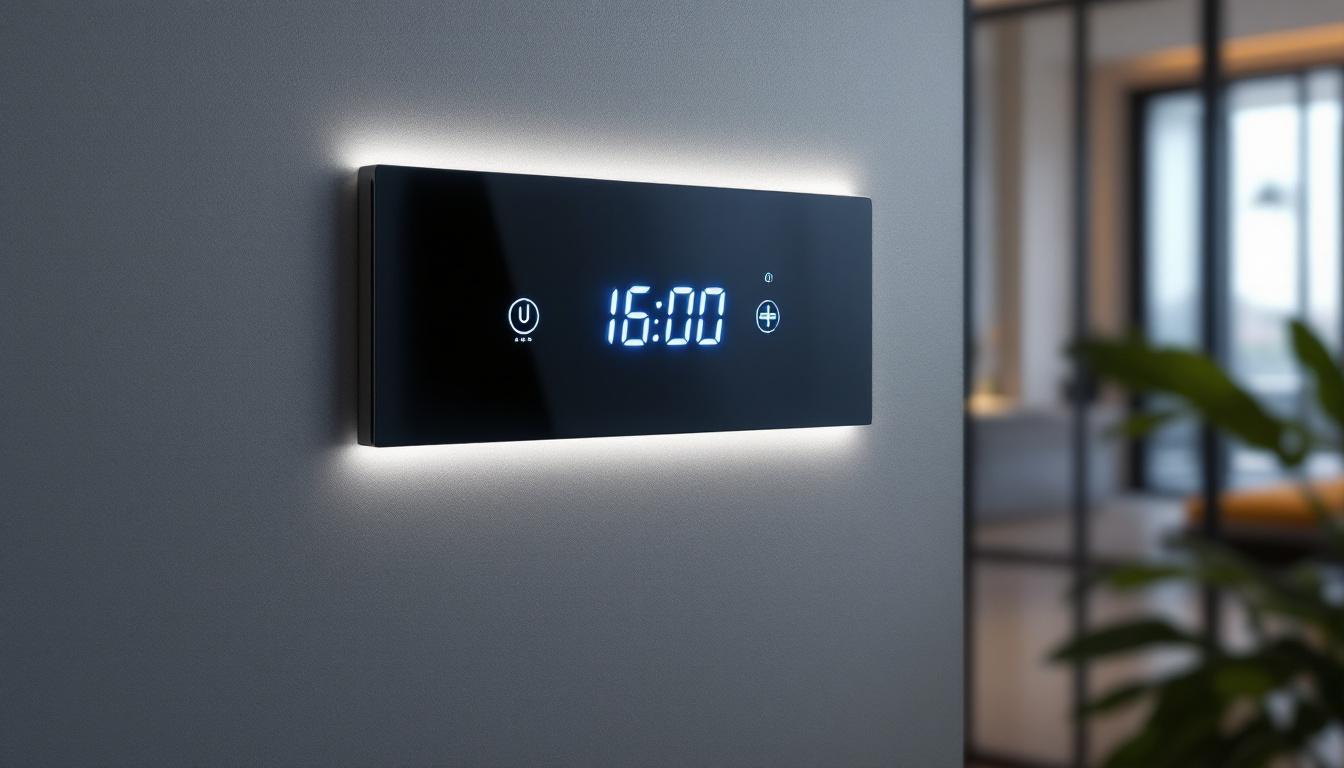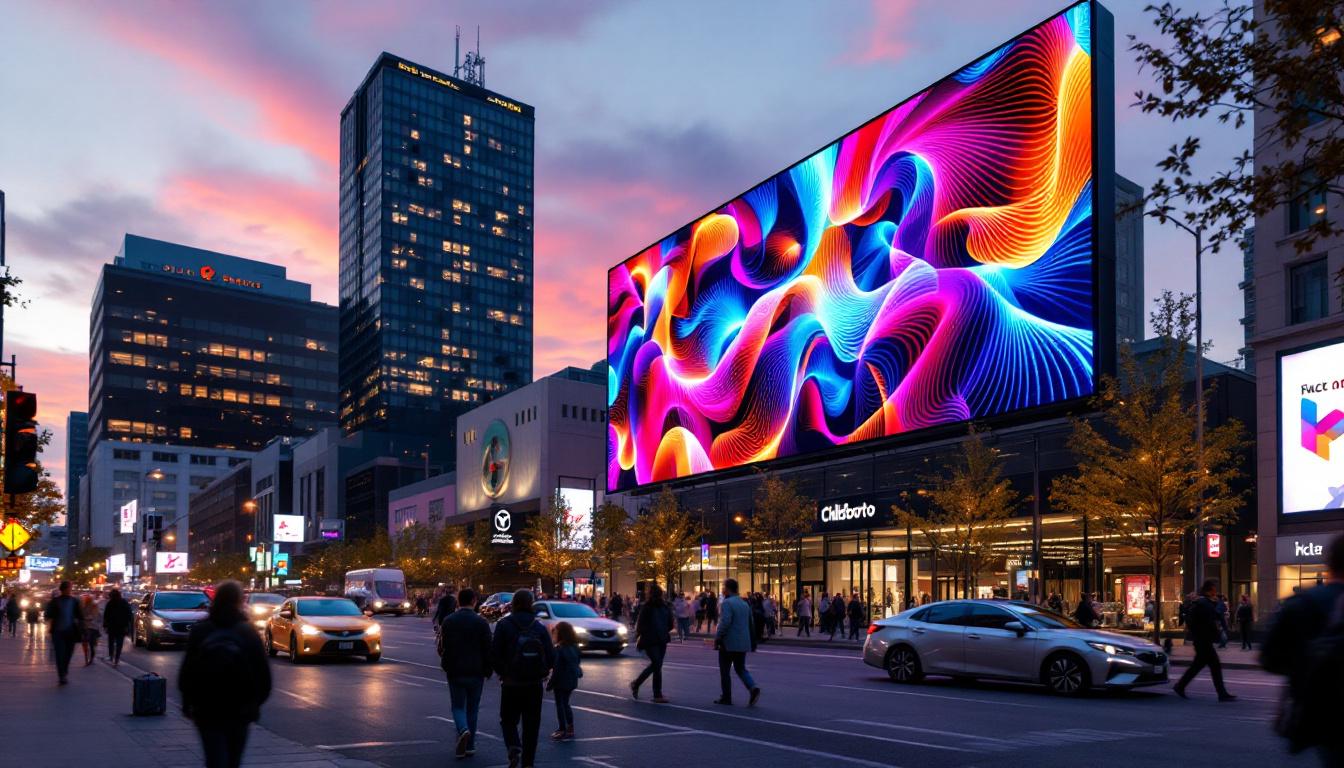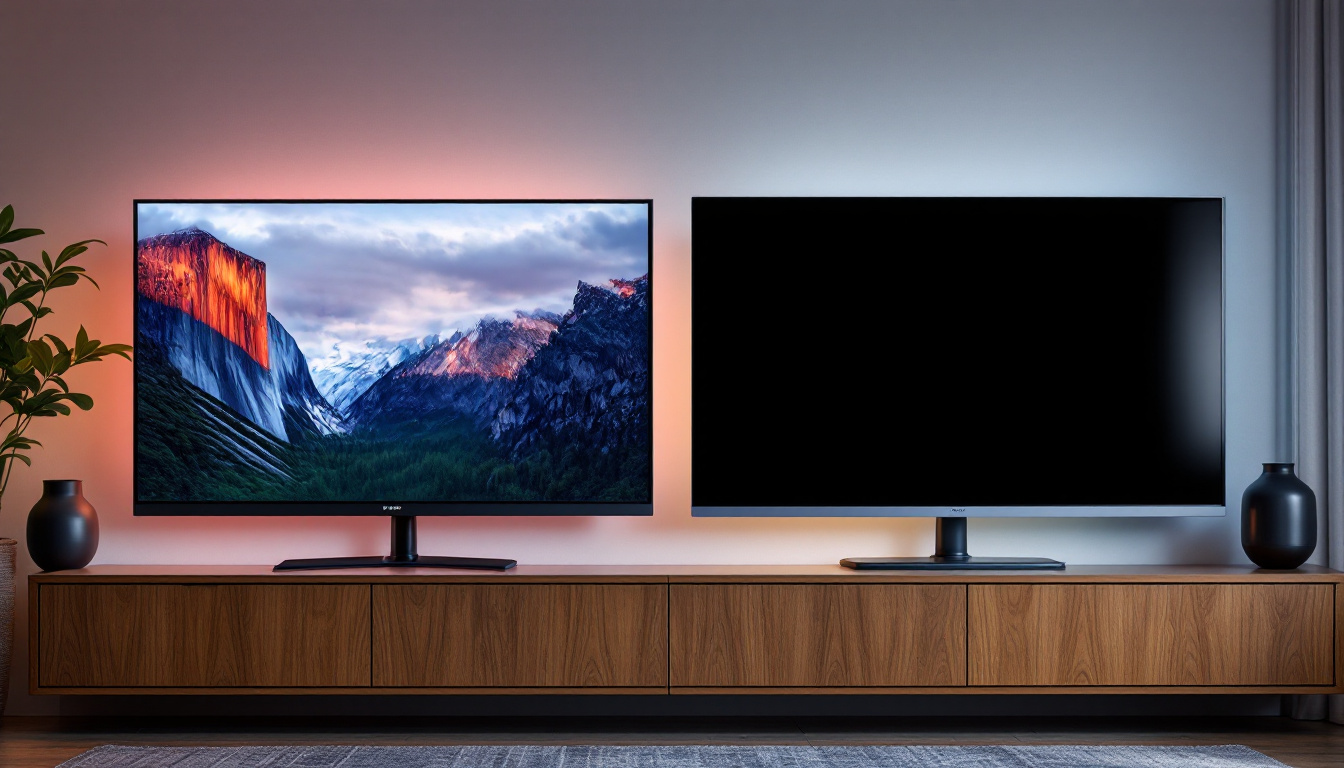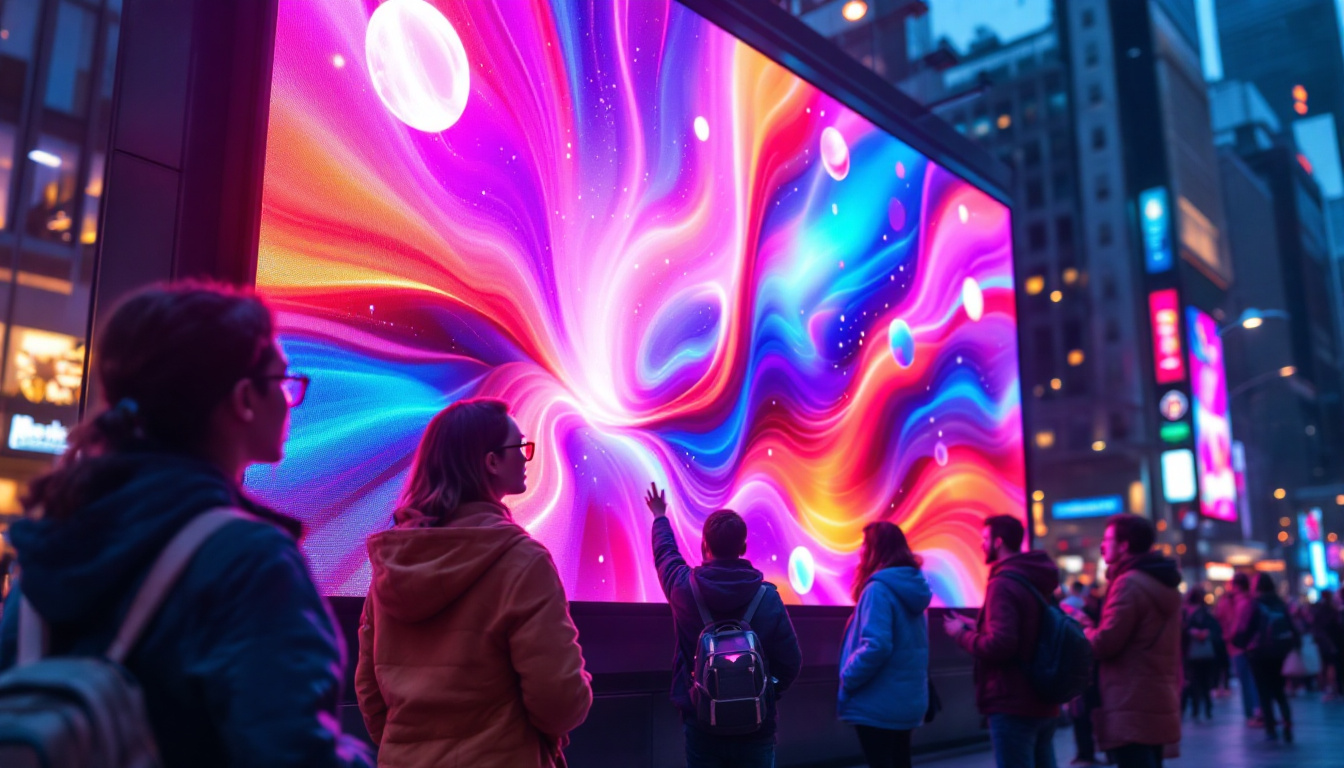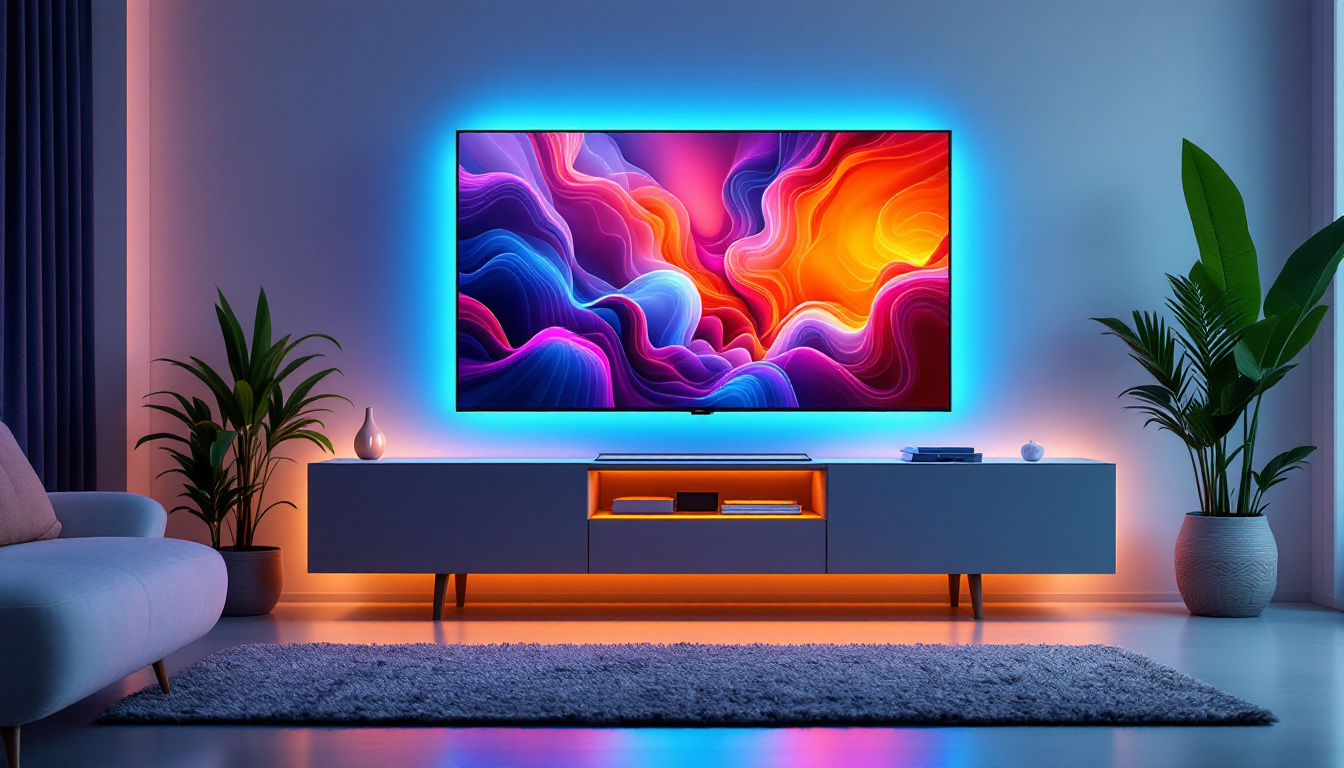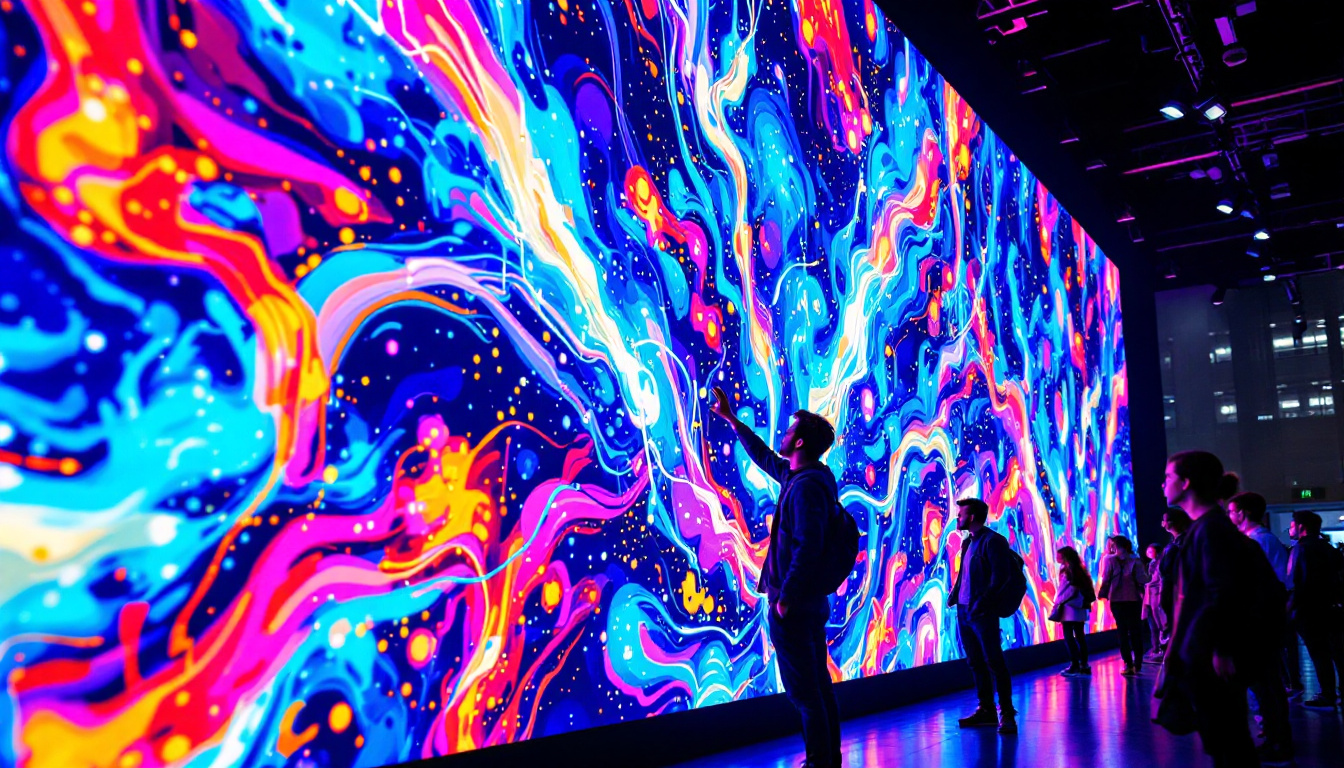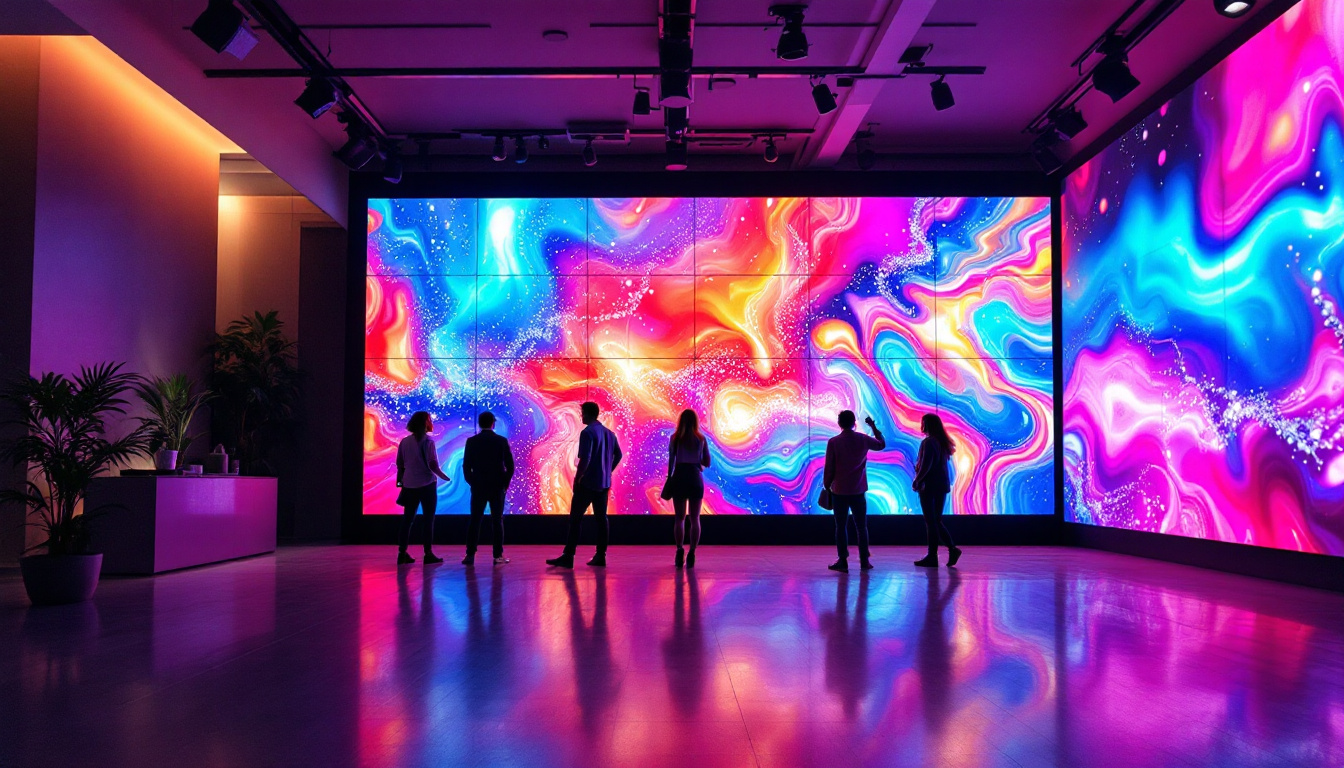In the world of modern technology, the quality of visual displays plays a crucial role in user experience. One of the most significant factors that contribute to display quality is contrast. This article delves into the intricacies of display contrast, particularly in LED displays, to help consumers make informed decisions when choosing their devices.
Understanding Display Contrast
Display contrast refers to the difference in luminance between the brightest white and the darkest black that a display can produce. A higher contrast ratio means that the display can show a wider range of colors and shades, which results in a more vibrant and immersive viewing experience. This is particularly important in today’s digital landscape, where users are exposed to a plethora of visual content, from high-definition movies to intricate video games and detailed images.
Contrast is typically expressed as a ratio, such as 1000:1. This means that the brightest part of the display is 1000 times brighter than the darkest part. However, it’s essential to recognize that not all contrast ratios are created equal, and manufacturers may use different methods to measure them, leading to potential discrepancies in advertised figures. For example, some manufacturers might measure contrast in a controlled environment, while others may not account for real-world lighting conditions, which can significantly impact perceived contrast.
The Importance of High Contrast
High contrast is vital for several reasons. Firstly, it enhances the overall image quality, making images appear more lifelike and engaging. This is particularly important for activities such as gaming, watching movies, or editing photos, where color accuracy and detail are paramount. When a display can effectively differentiate between subtle shades, it allows for more realistic skin tones in films or more vivid landscapes in video games, creating an experience that captivates the viewer.
Moreover, high contrast can significantly reduce eye strain. Displays with poor contrast may require the eyes to work harder to distinguish between shades, leading to discomfort over extended periods. A well-contrasted display allows for easier viewing, making it more comfortable for users. This is especially crucial in professional environments where individuals may spend hours in front of a screen, as prolonged exposure to low-contrast displays can lead to fatigue and decreased productivity.
How Contrast Affects Different Content Types
Different types of content can be affected by contrast in unique ways. For instance, in video games, high contrast can enhance the visibility of details in dark scenes, providing players with a competitive edge. The ability to spot enemies lurking in shadows or to appreciate the depth of a richly textured environment can make all the difference in gameplay. In contrast, for text-heavy applications such as reading or coding, a display with excellent contrast can make text clearer and easier to read. Clear delineation between text and background minimizes distractions and helps maintain focus, which is essential for tasks that require sustained attention.
Furthermore, in photography and graphic design, accurate contrast is crucial for editing images. Professionals in these fields rely on displays that can reproduce colors and shades faithfully, ensuring that their work translates well across different platforms. A photographer, for example, needs to see the subtle differences in skin tones or the gradation of colors in a sunset to make informed editing decisions. Displays that fail to accurately represent contrast can lead to misjudgments in color correction, ultimately affecting the final output. Additionally, as digital content continues to evolve with the advent of HDR (High Dynamic Range) technology, the importance of contrast becomes even more pronounced, as HDR content relies on a broader range of luminance to deliver stunning visuals that captivate audiences. This evolution in display technology highlights the necessity for users to invest in high-quality displays that can meet the demands of modern content consumption.
LED Displays: An Overview
Light Emitting Diode (LED) displays have become increasingly popular due to their energy efficiency, thin profiles, and superior image quality. These displays use diodes to emit light, which allows for brighter screens and deeper blacks compared to traditional LCDs.
LED technology can be categorized into two main types: edge-lit and backlit. Edge-lit displays have LEDs positioned along the edges of the screen, while backlit displays have LEDs spread across the entire panel. Each type has its advantages and disadvantages, particularly concerning contrast and overall image quality.
Edge-Lit vs. Backlit LED Displays
Edge-lit LED displays are generally thinner and lighter, making them ideal for sleek designs. However, they may struggle with uniformity in brightness, leading to potential issues with contrast, especially in darker scenes. On the other hand, backlit LED displays provide more consistent lighting across the screen, resulting in better contrast and overall image quality.
When choosing between these two types, it is essential to consider the intended use. For casual viewing, an edge-lit display may suffice, but for professional applications requiring precise color and contrast, a backlit LED display is often the better choice.
Dynamic Contrast and Local Dimming
Dynamic contrast is a feature found in many modern LED displays that adjusts the brightness of the backlight based on the content being displayed. This technology can enhance contrast ratios significantly, allowing for deeper blacks and brighter whites in scenes where needed.
Local dimming is another advanced feature that works in tandem with dynamic contrast. It allows specific zones of the display to dim independently, improving black levels in dark scenes without affecting the brightness of lighter areas. This results in a more dynamic and engaging viewing experience, particularly in high-definition content.
Measuring Display Contrast
Measuring display contrast can be a complex process, as it involves various factors, including ambient light, viewing angles, and the specific technology used in the display. Manufacturers often provide contrast ratios, but these numbers can be misleading if not understood correctly.
There are several methods to measure contrast, including static and dynamic contrast ratios. Static contrast measures the difference between the brightest and darkest points on the screen at a single moment, while dynamic contrast measures the range of brightness levels over time, often leading to much higher numbers.
Static vs. Dynamic Contrast Ratios
Static contrast ratios are more reliable for consumers as they provide a snapshot of the display’s capabilities under consistent conditions. However, dynamic contrast ratios can be impressive on paper, showcasing the display’s ability to adapt to different content types. It’s crucial for consumers to understand the difference and consider which ratio is more relevant to their usage.
When evaluating a display, it is advisable to look for reviews and tests conducted by independent sources, as they often provide a more accurate representation of the display’s performance in real-world conditions.
Factors Influencing Display Contrast
Several factors can influence the contrast of an LED display, including panel technology, ambient lighting, and calibration settings. Understanding these factors can help users maximize their viewing experience.
Panel Technology
The type of panel used in an LED display significantly impacts its contrast capabilities. For instance, IPS (In-Plane Switching) panels are known for their excellent color reproduction and wide viewing angles but may not achieve the same contrast levels as VA (Vertical Alignment) panels, which excel in producing deeper blacks.
Choosing the right panel technology depends on the intended use. For gaming and multimedia, a VA panel may be preferable, while for professional photo editing, an IPS panel might be the better choice due to its superior color accuracy.
Ambient Lighting Conditions
The environment in which a display is used can also affect perceived contrast. Bright ambient lighting can wash out colors and reduce the visibility of darker shades, making it essential to consider the room’s lighting when selecting a display.
For optimal viewing, it is advisable to use displays in controlled lighting conditions. If bright light is unavoidable, displays with higher brightness levels and better anti-glare coatings can help mitigate these issues.
Enhancing Display Contrast
While many factors influence display contrast, there are several ways to enhance it for a better viewing experience. Calibration, proper settings, and the right environment can all contribute to improved contrast.
Calibration Techniques
Calibration is a crucial step in optimizing display performance. Many displays come with preset modes, but these may not accurately reflect the best settings for contrast and color accuracy. Using calibration tools or software can help users adjust brightness, contrast, and color settings to achieve the best results.
For professionals, investing in a colorimeter can provide precise measurements and adjustments, ensuring that the display meets industry standards for color accuracy and contrast.
Adjusting Settings
Most modern displays offer various settings that can be adjusted to enhance contrast. Users can experiment with brightness and contrast levels to find the optimal balance for their viewing preferences. Additionally, enabling features like local dimming and dynamic contrast can further improve the display’s performance.
It is essential to remember that personal preference plays a significant role in these adjustments. What works for one user may not be suitable for another, so taking the time to fine-tune settings can lead to a more enjoyable experience.
Conclusion
Display contrast is a fundamental aspect of LED displays that significantly impacts image quality and user experience. Understanding the different types of contrast, the technology behind LED displays, and the factors that influence contrast can empower consumers to make informed decisions when purchasing a display.
By considering panel technology, ambient lighting, and calibration techniques, users can enhance their viewing experience and enjoy the full potential of their LED displays. As technology continues to evolve, staying informed about advancements in display technology will ensure that users can enjoy the best possible visual experience.
Explore the Future of Visual Experience with LumenMatrix
Ready to elevate your visual experience with industry-leading contrast and innovative LED technology? Discover the transformative power of LumenMatrix’s LED display solutions. From immersive Indoor LED Walls to dynamic Outdoor Displays and beyond, LumenMatrix offers a comprehensive range of products designed to captivate your audience and amplify your message. Embrace the future of visual communication and check out LumenMatrix LED Display Solutions today to see how we can enhance your brand visibility and create unforgettable visual experiences.


